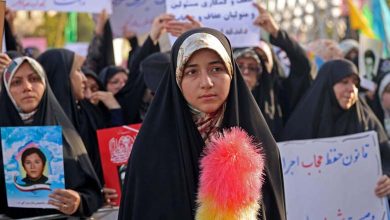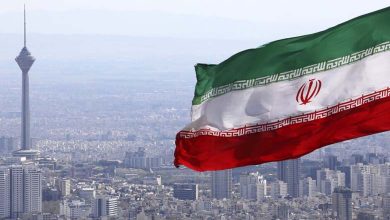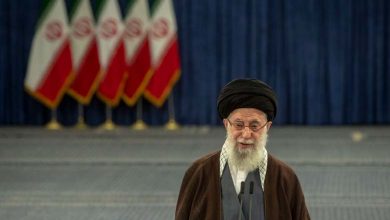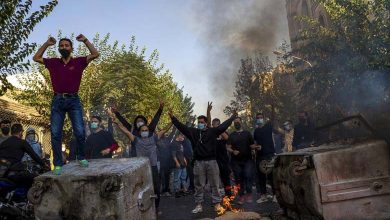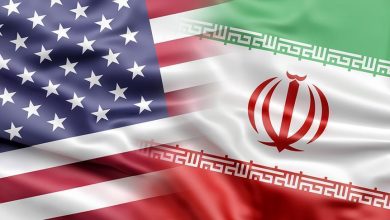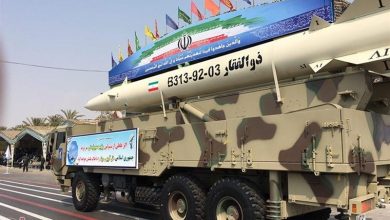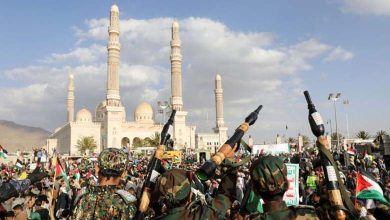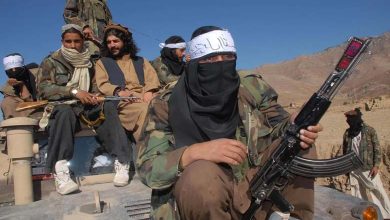Iran ends 2022 with largest protests… Failure to control and rise of internal threats
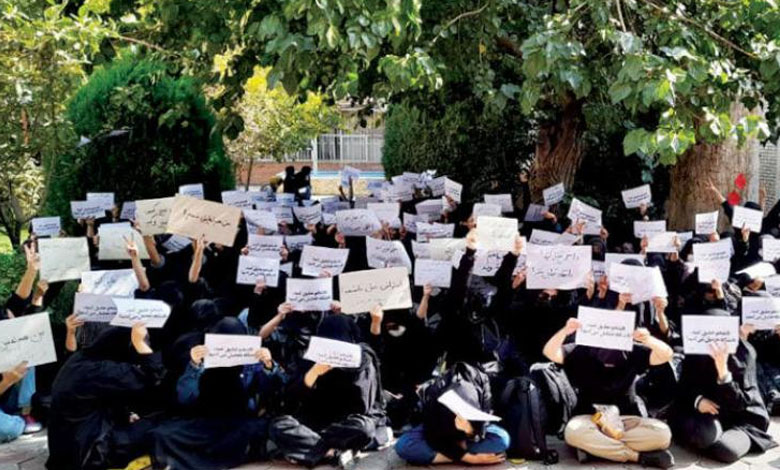
Over the course of their more than four decades of rule, protests against the mullahs’ rule in Iran have flared up, but the movement has been unprecedented because of its duration, spreading across provinces, social classes, and ethnic groups and their willingness to publicly call for an end to the mullahs’ regime, setting fire to Supreme Leader Ayatollah Ali Khamenei’s banners, women openly marching in the streets without veils, and demonstrators at times clashed with security forces.
Iran, for its part, accuses hostile foreign powers of fueling its “riots,” led by its arch-enemy the United States, as well as other Western countries such as Britain and France and opposition groups in exile.
A Grim End
AFP, confirming that the end of 2022 in Iran will not be the best for the ruling regime, as protests have been going on for more than 100 days, amid intensifying state repression. This month, the Islamic Republic executed two people in connection with the protests, which led to international reprimand and the imposition of new sanctions. Iran’s public prosecutor said in early December that the morality police, who arrested Amini in Tehran for allegedly violating strict dress codes for women, had been called off, but activists received the announcement with skepticism, given the woman’s continued legal obligation to wear the hijab.
Shadi Sadr, founder of the London-based Justice for Iran group, said this was no “actual change” and women were still being punished in other ways.
The Oslo-based Iranian Human Rights Organization (IHR) said that while protests may have decreased in frequency and scale in recent weeks, they still occur “every day across the country,” and the director of human rights lists, Mahmoud Ameri Moghaddam, told AFP that the regime has not been able to quell the popular unrest and “there is no going back.”
Internal threat
According to AFP, the Islamic Republic has ruled Iran, first under the revolutionary founder Ayatollah Ruhollah Khomeini and then his successor Khamenei, since the ouster of the more Western-leaning and secular shah in 1979. Policies involving Islamic law and forced headscarves of women in public places have been swiftly enforced, and rights groups have accused the regime of serious human rights violations since then, including extrajudicial killings, kidnappings abroad, and hostage-taking of foreign nationals at home.
According to Amnesty International, it is now carrying out more executions than any other country, with regulations saying that the country has executed more than 500 people this year alone, Iran remains at odds with Western powers over its nuclear program, has spread its influence across the Middle East, particularly through Shia allies in Lebanon and Iraq, Iran has been an active participant in Syria’s civil war and supports rebels in Yemen, and international condemnation of the crackdown and waves of Western sanctions have prompted any expectations of a swift revival of the 2015 agreement on Iran’s nuclear program, from which the US withdrew in 2018.
The British newspaper confirmed that the Iranian regime is now facing the biggest internal threat, as it is not yet known whether this regime will be able to withstand this popular rejection next year or not. “The regime has never in its 43-year history appeared to be more at risk,” said Iranian researcher Karim Sadjadpour, a senior fellow at the Carnegie Endowment for International Peace.



